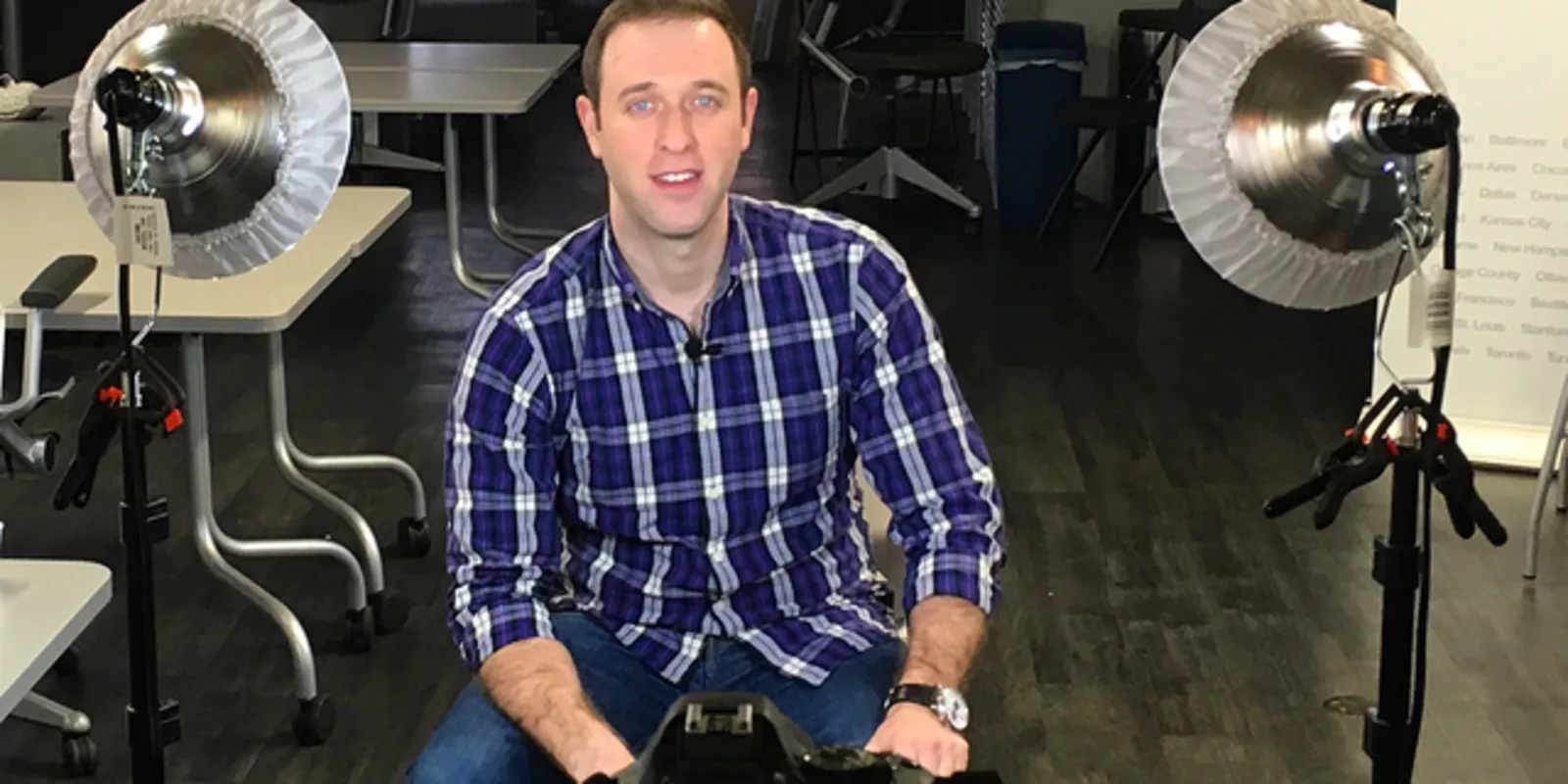
David Hindin, MD has always enjoyed using his hands to make something. Whether it was playing the violin and making music, pushing a camera button to capture scenes, or clicking a mouse to edit a video together, he enjoyed being able to see something come together because of his own two hands.
That’s a big part of why Hindin found himself pursuing a career as a surgeon — it was a “combination of being able to help someone and fix something and using your hands to do it.”
But medicine didn’t allow Hindin as much creativity as he wanted.
Stuck with not much of an outlet for his imagination, Hindin looked for a magazine he could read about innovations in tech and medicine and startups. Upon coming up short, he decided to just start his own, and began publishing his digital periodical Invented Magazine, which included profiles and interviews with innovators who were pushing forward the field of medicine.
His next step in making something new with his hands is writing a research paper and creating a YouTube series about innovation in medical schools across the country. His most recent episode profiles a design program inside a bank vault at Thomas Jefferson University.
We asked Hindin to answer the question that he’s titled his YouTube Series: Why should a doctor daydream?
“Well, I mean, how much time do you have?” he answered.
“In order to be effective [as a doctor], you have to focus on data and being standardized, and sometimes almost not thinking and not being creative,” Hindin says. Of course, Hindin says, this is because when people are creative, “that’s when you get complications, because someone made a mistake.”

But, Hindin says, without creativity, medicine will never advance.
“In order to push the field forward, there have to be ways to encourage people to be creative and play around with ideas and ask questions about, ‘Why not this?’” Hindin says. “The more we follow data and do things correctly, the less creative we get but in order to come up with solutions, there is a huge need to innovate and be creative and come up with new ideas that haven’t been tried out before.”
That is what he hopes viewers take away from his magazine and video series, Hindin says.
First, he wants them to see it and realize they are not alone, because they truly aren’t.
“So many people reach out and say ‘thank you, I thought I was the only one who wanted to be creative and have ideas,’” says Hindin.
Second, he hopes it sparks a lightbulb over their head. “I hope they look at it and it gets their own creative juices going. They finish reading an article in the magazine or watch an episode [of the series] and say, ‘Gee, I have an idea for something,’” Hindin wishes. “I would love for it to be a springboard for someone to come up with their own innovation.
As for Hindin, as many balls as he’s juggling, he wants to add another to the handful, and hopes to launch a podcast in the coming year. With so many projects in the air, how does he keep them all balanced?
The short answer, he says, is he doesn’t. Instead, he’s discovered that it’s more about setting his priorities and then deciding which balls to drop, then dropping different ones at different times.
“The number one priority is always patient care, and anything else that I’m planning on doing, when something goes wrong at the hospital, everything else gets dropped,” Hindin says. “When trying to balance things, it’s all about priorities, and the hospital always comes first.”
This work-life balance, Hindin says, has become much more talked about in the world of medicine.
“I think it used to be taboo to even admit that you care about [work-life balance] a couple generations ago,” Hindin says. “And now rising med students are not at all shy about openly choosing their field because they’re thinking about their life.”
Hindin only hopes they think about creativity, too.
If you are interested in learning more about Hindin’s tour of innovation, here is the trailer for his YouTube series.







